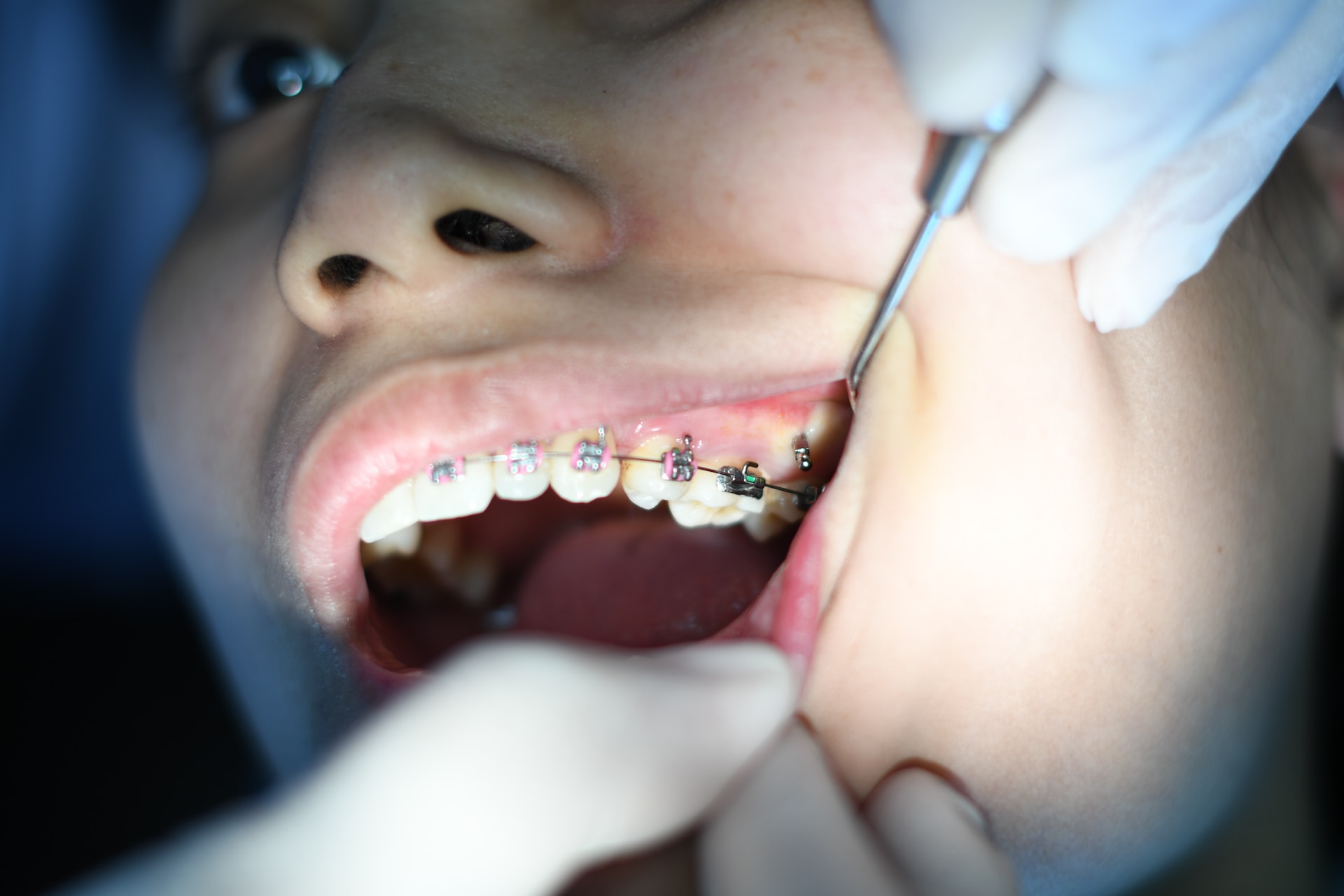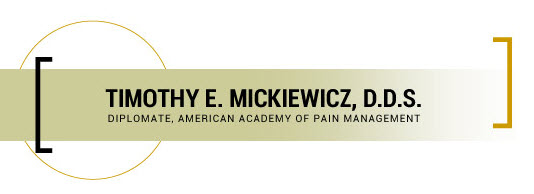
Orthodontic issues (such as crooked teeth, overcrowding, and jaw misalignments) can impact both the aesthetics and functionality of the mouth. Fortunately, teeth braces provide an effective solution to correct these problems and achieve a healthier, more beautiful smile.
While it may be easy to envision bulky, metal braces as the only kind of teeth braces available to patients, that actually isn’t the case. There are a variety of teeth braces that dentists and orthodontists can use to correct a range of dental issues and myofunctional disorders. But, if you’re unfamiliar with the various kinds of braces, then you may not know that treatment is well within your reach.
Dr. Timothy Mickiewicz is here to help shed light on little-known orthodontic treatments that can transform your smile and life. If you’re ready to explore teeth braces with a top-rated dentist in Sacramento, CA, then contact our team today at (916) 469-9178. A consultation with Dr. Mickiewicz is the first step toward a brighter, straighter, more functional smile.
In this blog, we explore how dentists and orthodontists can use teeth braces to treat various types of orthodontic issues. We also explore their unique benefits and reveal some considerations to ponder before diving right into treatment.
Crooked Teeth
You may have heard someone described as having crooked teeth or a crooked smile. This simply means that their teeth are not aligned properly within the dental arch.
For many, crooked teeth are, primarily, a cosmetic concern. However, uneven teeth can have far-reaching effects, even going so far as to disrupt one’s bite patterns, speech, digestion, and self-confidence.
Fortunately, braces are highly effective in straightening crooked teeth. Here’s how:
Traditional Braces
Traditional braces consist of metal brackets and wires. Sometimes, clear or tooth-colored ceramic brackets and clear archwires may be available to patients. Clear or tooth-colored options may be ideal for most patients, as they are usually more aesthetically pleasing without sacrificing the effectiveness of traditional, metal braces.
An orthodontist simply bonds the brackets to the teeth using medical-grade cement. Once bonded, the orthodontist then gently wraps a wire through the brackets. By making simple adjustments to the wires and brackets, dental professionals can apply gentle pressure to gradually shift the teeth into proper alignment. Over time, the braces guide the teeth into their correct positions, facilitating optimal health, function, and aesthetics.
Clear Aligners
Clear aligners (such as Byte® or Invisalign®) accomplish largely the same goal as traditional teeth braces. However, rather than using brackets and wires, orthodontists can create a series of clear trays that exert controlled pressure to move teeth into better alignment. In most moderate cases, patients can correct their smiles over roughly 18 months.
These aligners offer a discreet and convenient alternative to traditional braces, but they may not be right for all patients. Nevertheless, dental professionals create these teeth braces to provide ultra-personalized care, comfort, and convenience that traditional braces simply cannot match.
Overcrowding
Overcrowding occurs when there just isn’t enough space in the jaw for all of the teeth to fit in properly. This can lead to overlapping, rotated, or twisted teeth. Not only that, but overcrowding can contribute to orofacial myofunctional disorders, pain, and other health issues.
Teeth braces can effectively address overcrowding issues by creating space and aligning the teeth. Here are some options that patients can consider to address overcrowding:
Traditional Braces
Metal braces are highly efficient in addressing overcrowding. By gradually shifting the teeth, traditional braces can create enough space for teeth to properly align.
Ceramic Braces
Ceramic braces work similarly to metal braces but are less noticeable. Rather than metal brackets, orthodontists use tooth-colored ones that blend better with the natural tooth color. It is for this reason that they are a popular choice for image-conscious individuals.
Lingual Braces
Dental professionals attach lingual braces to the back surface of the teeth rather than the front (like traditional or ceramic braces). As a result, they are virtually impossible to see from the front.
Lingual teeth braces are a suitable choice for individuals who prefer a discreet treatment option.
Bite Issues
A malocclusion (also called an improper bite) can lead to a variety of problems, including difficulty chewing, trouble with speech, and jaw discomfort. Thankfully, teeth braces can help correct various types of bite problems, including:
Overbite
An overbite occurs when the upper front teeth excessively overlap the lower front teeth. This can cause wear on the lower teeth and lead to jaw joint issues. Braces (including traditional braces and clear aligners) can gradually shift the teeth into their proper positions, reducing the appearance and effect of an overbite.
Underbite
Dental professionals characterize an underbite by the lower front teeth protruding in front of the upper front teeth. This can affect both the appearance and functionality of the mouth. Traditional braces (along with other orthodontic appliances) can help align the teeth and correct the underbite.
Crossbite
A crossbite occurs when the upper teeth bite inside the lower teeth, causing a misalignment. Traditional braces may be the best way to reposition teeth. However, in some cases, clear aligners may be just as effective on minor crossbites.
Open Bite
Dentists call an open space between the upper and lower front teeth an open bite, particularly when back teeth are touching. Braces can help close the open bite by gradually shifting the teeth into proper alignment.
Spacing Issues
Spacing issues involve gaps or spaces between the teeth, which can be due to missing teeth or naturally occurring gaps. These teeth braces offer effective solutions to address spacing concerns:
Traditional Braces
Traditional metal braces can close gaps by gently moving the teeth closer together. Orthodontists often use rubber bands or additional appliances to assist in closing larger spaces.
Clear Aligners
Clear aligners can also be just as effective at closing moderately large gaps between the They exert gentle pressure to move the teeth closer together, gradually closing the spaces.
Explore Teeth Braces with Our Dentist in Sacramento, CA
Teeth braces are versatile orthodontic tools that can effectively treat a wide range of orthodontic issues. Whether you have crooked teeth, overcrowding, bite problems, or spacing issues, braces provide a reliable solution to achieve a straighter, healthier, and more aesthetically pleasing smile.
If you’d like to explore your options with a highly-rated dentist in Sacramento, CA, then reach out to Dr. Timothy Mickiewicz today. Patients can reach us on our website anytime, or they can give us a ring at (916) 469-9178 to get started.


